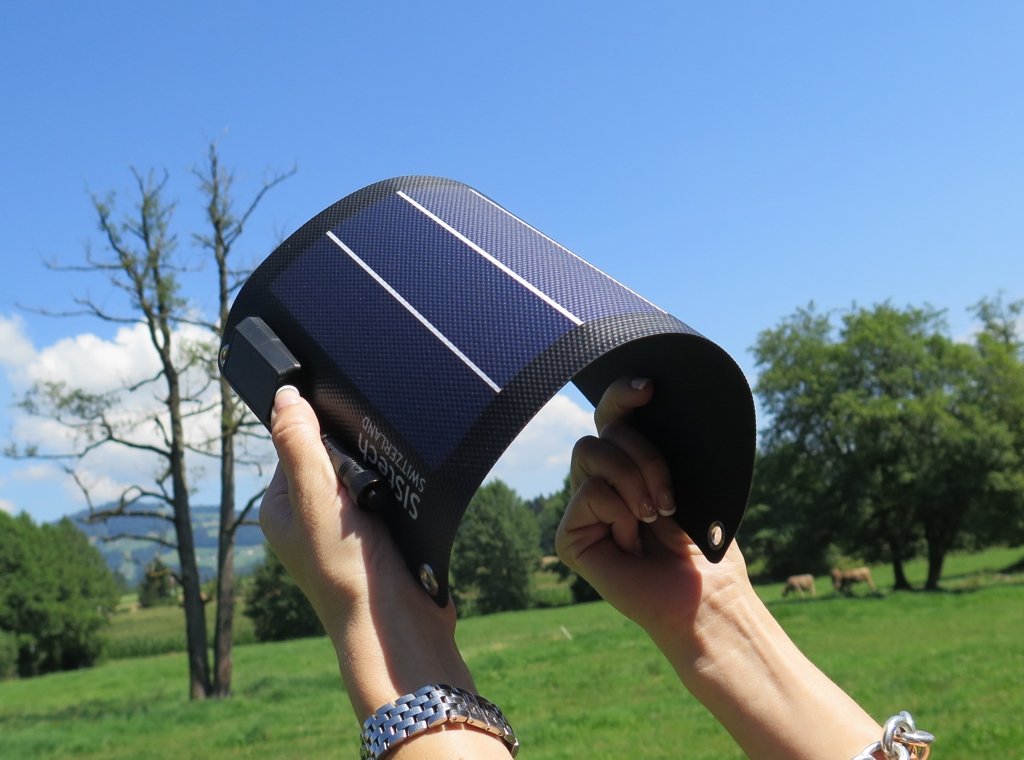In a world where the effects of climate change are becoming increasingly evident, transitioning to renewable energy sources is not just a trend but a necessity. Solar energy, in particular, has emerged as a leading contender in the race to combat environmental degradation while providing sustainable power solutions for homes.

In this guide, we’ll delve into the fascinating world of solar energy, exploring what it is, how it works, and the various ways you can harness it to power your home.
What is Solar Energy?
Solar energy is a renewable and abundant source of power harnessed from the sun’s radiant energy. It is the process of capturing sunlight and converting it into electricity or heat for various applications. Hence, solar energy is harvested through photovoltaic (PV) panels or solar thermal systems, each serving different purposes.
Most commonly, Photovoltaic (PV) panels generate electricity by using semiconductor materials to absorb sunlight, creating a flow of direct current (DC) electricity. This electricity can be converted into alternating current (AC) for household use via an inverter. Solar energy is eco-friendly, producing no greenhouse gas emissions or air pollutants, making it a clean and sustainable energy source. Moreover, solar energy systems can lead to reduced energy bills, increased property value, and a smaller carbon footprint.
In addition to electricity generation, solar thermal systems capture sunlight to produce heat energy, which can be used for space heating, water heating, and even electricity generation through concentrated solar power (CSP). Solar water heaters, another application, use solar energy to heat water for domestic use, offering an energy-efficient alternative to traditional water heating methods. Passive solar design is yet another approach, optimizing a home’s orientation and features to maximize natural heating and cooling, reducing the need for mechanical systems. Collectively, solar energy offers multiple benefits, including energy independence, financial incentives, and a positive impact on the environment, making it an increasingly popular choice for homeowners worldwide.
Different Ways to Harvest Solar Energy for Homes
1. Solar Photovoltaic (PV) Systems:
Overall, these are the most common solar installations for residential use. Solar panels are typically mounted on rooftops, but they can also be installed on the ground. In any case, they generate electricity directly from sunlight, reducing your reliance on grid power.

More on Solar Photovoltaic Systems – Click Here
2. Solar Thermal Systems

Solar thermal systems capture sunlight to produce heat energy. You can use this heat for space heating, water heating, or even generating electricity through a process called concentrated solar power (CSP).
3. Passive Solar Design:
Passive solar design involves orienting your home and optimizing its features (such as windows and insulation) to maximize natural heating and cooling. It doesn’t require any active mechanical systems, making it a cost-effective approach to solar energy utilization. This approach is commonly found in net zero home designs.

4. Solar-Powered Appliances:

From solar ovens and chargers to solar powered security lights, various appliances can be powered directly by sunlight. In fact, these can be integrated into your home to reduce your energy consumption further.
Benefits of Solar Energy for Homes
| Factor | Benefit |
|---|---|
| Reduced Energy Bills | One of the most significant benefits of solar energy for homes is the potential for substantial cost savings on electricity bills. By generating your own electricity, you can reduce or even eliminate your reliance on grid power. Moreover, excess energy produced by your solar system can also be fed back into the grid, potentially earning you credits or compensation from your utility company. |
| Environmental Impact | Solar energy is a clean and renewable energy source. Unlike fossil fuels, solar power generation produces no greenhouse gas emissions or air pollutants. By using solar energy, homeowners can significantly reduce their carbon footprint and contribute to a clean and sustainable environment. |
| Energy Independence | Solar energy provides homeowners with greater energy independence and resilience. You become less dependent on external energy sources, reducing your vulnerability to energy price fluctuations and supply disruptions. This can offer peace of mind and financial stability over the long term. |
| Financial Incentives | Many governments and local authorities offer incentives, tax credits, and a greener home grant to encourage the adoption of solar energy. These financial incentives can significantly offset the initial installation costs, making solar power more affordable and accessible for homeowners. |
| Low Maintenance | Solar panel maintenance cost is considered to be minimal. Routine cleaning and occasional inspections are usually sufficient to keep the system operating efficiently. |
| Sustainable Home | Overall, adopting solar energy aligns with a sustainable lifestyle. It demonstrates a commitment to reducing your environmental impact and embracing clean, renewable energy sources, which can be personally rewarding and socially responsible. |
Key Considerations Before Going Solar
- Site Assessment: Determine if your location receives sufficient sunlight for effective solar energy generation. For example, factors like shading and roof orientation should be considered.
- Budget: Assess your budget and explore financing options, including loans and lease agreements.
- Local Regulations: Understand local zoning laws, permits, and homeowner association rules regarding solar installations.
- Maintenance: Although solar panels require minimal maintenance, regular cleaning and occasional inspections are necessary.
Conclusion
To summarize, solar energy is a compelling and eco-friendly solution for powering homes. Whether you opt for solar photovoltaic panels, solar thermal systems, or other solar technologies, you’ll be taking a significant step toward reducing your carbon footprint and enjoying the benefits of renewable energy. The sun’s energy is abundant and free, and by harnessing it, you can contribute to a sustainable future while enjoying cost savings and energy independence.
Are you ready to embrace the power of the sun? You can join us on the journey towards greener homes, more sustainable world, one solar panel at a time.
If you have any questions or want to share your experiences with your solar transition, please feel free to leave a comment below. We’d love to hear from you!





Leave a Reply